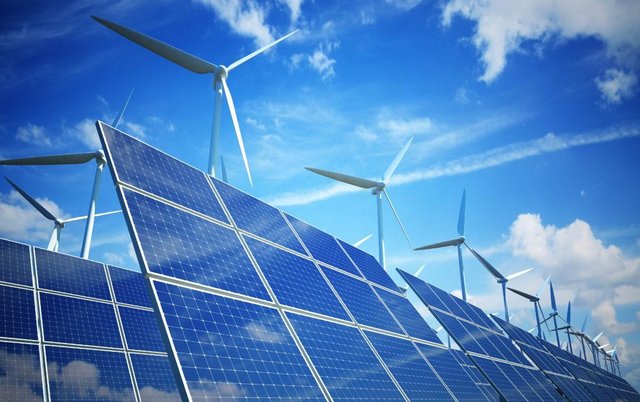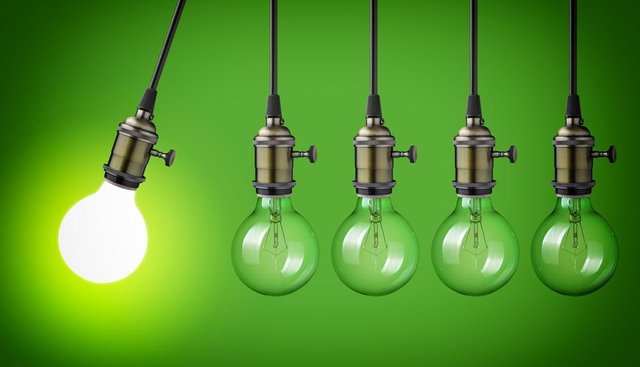
What Is Energy?
Energy is often defined as the ability to do work.
Energy exists in different types such as;
Kinetic Energy or energy of motion
Potential or stored energy
Heat or thermal energy
Light energy
Sound or vibrational energy
Electric al energy
Chemical energy and nuclear energy.
The various forms of energy are interconvertible.
For example, the food we eat contains chemical energy. Inside our body, this energy is changed to heat energy that warms our body and to kinetic Energy that enables us to do our daily work.

We are not the ones who can convert energy.
An electric bulb converts electrical energy to heat energy and light energy.

When energy changes from one form to another, the total amounts of energy before and after the changes are always the same.
This is the Law of Conservation of Energy
[Energy can neither be created nor destroyed, but it can be changed from one form to another]
ENERGY CHANGES IN REACTIONS
Energy changes occur in chemical reactions as reactants and the products of a given chemical reaction possess different amounts of chemical energy.
We cannot measure the amount of chemical energy present in a substance, but we can observe the energy changes that accompany chemical reactions in the form of;
Heat - when a strong acid and a strong base are mixed.
Light and heat - when magnesium is burned im air.
Sound and heat - when a mixture of hydrogen and oxygen is ignited.
Of these energy changes, we can only measure the changes in heat energy with ease.

Heat Content and Heat of Reaction
Energy substance possesses a characteristic internal energy which is due to its structure and physical state. This is known as heat content or enthalpy.
Each mole of a substance has a characteristic heat content just as it has a characteristic mass.
In a chemical reaction, heat energy is either absorbed or evolved because the heat contents of the substances involved in the reaction are different. The energy change which accompanies a chemical reaction is known as the heat of reaction. It is a constant for a given reaction carried out under a fixed set of condition.

Hi! I am a robot. I just upvoted you! I found similar content that readers might be interested in:
https://courses.lumenlearning.com/boundless-chemistry/chapter/energy/
Downvoting a post can decrease pending rewards and make it less visible. Common reasons:
Submit
Congratulations, you have received a free upvote from @bonds!
Bonds offers a hedge against volatility as well as paid upvote and reSTEEM services.
Bonds is not a bot- this is run by humans, for humans.
Check out our #introduceyourself post to find- out more- if you like the idea, like or reSTEEM it, and we all benefit.
Happy STEEMing!
Downvoting a post can decrease pending rewards and make it less visible. Common reasons:
Submit
Thanks
Let me check out your blog
Downvoting a post can decrease pending rewards and make it less visible. Common reasons:
Submit
Congratulations! This post has been upvoted from the communal account, @minnowsupport, by Inibil from the Minnow Support Project. It's a witness project run by aggroed, ausbitbank, teamsteem, theprophet0, someguy123, neoxian, followbtcnews/crimsonclad, and netuoso. The goal is to help Steemit grow by supporting Minnows and creating a social network. Please find us in the Peace, Abundance, and Liberty Network (PALnet) Discord Channel. It's a completely public and open space to all members of the Steemit community who voluntarily choose to be there.
If you would like to delegate to the Minnow Support Project you can do so by clicking on the following links: 50SP, 100SP, 250SP, 500SP, 1000SP, 5000SP. Be sure to leave at least 50SP undelegated on your account.
Downvoting a post can decrease pending rewards and make it less visible. Common reasons:
Submit